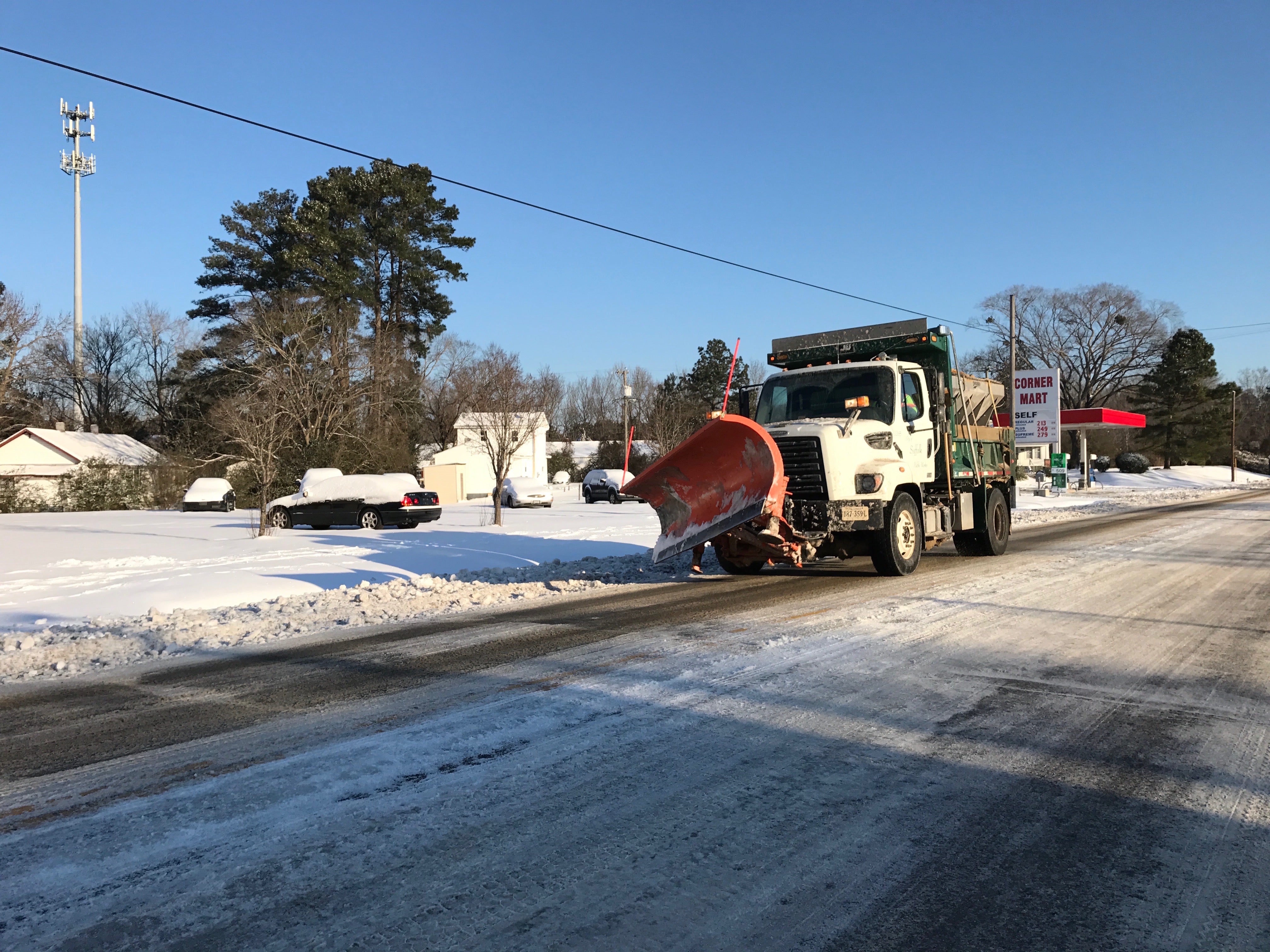Livestock to stand, be counted
Published 12:00 am Friday, November 21, 2003
Suffolk News-Herald
Virginia’s farmers should begin educating themselves on the U.S. Department of Agriculture’s proposed national livestock identification program.
That’s according to Gray Coyner, chairman of the Virginia Farm Bureau Federation’s Livestock Advisory Committee. The USDA developed the identification program to provide records of each farm, market and processing plant an animal passes through, and records of all other animals with which it has mingled. Just how soon the identification process begins is still a question, however.
Suffolk’s Agricultural Extension Agent Rexford Cotten said he became somewhat familiar with the idea of numbering the animals several years ago. He also said he realized it was a concept under consideration by the USDA, and that if it does become a reality he hopes that it will be one that is easily implemented by livestock producers.
Cotten said the purpose of the animal ID’s was to track the animals back to their country of origin. He said the program has been compared to assigning every farm animal in America a Social Security number, and according to the extension agent, it could happen.
About 40 representatives of Virginia’s livestock industry met in Richmond on Nov. 18, to obtain information on the proposed structure and timetable for the U.S. Animal Identification Program. Coyner said that if such a system is going to be implemented, it must be a workable, applicable and practical system.
Neil Hammerschmidt, animal identification staff officer for the USDA’s Animal and Plant Health Inspection Service (APHIS), presented an overview of the program’s goals and priorities. He noted that there is a definite distinction between the national animal ID program and country-of-origin labeling, or the Country Of Origin Label (COOL), which is intended to inform consumers about where meats and other products are produced and processed.
&uot;There’s a lot of confusion over what’s driving this issue,&uot; said Hammerschmidt. &uot;The animal ID program pre-dates COOL, and the national ID program monitors animal diseases, support their control or eradication and helps establish an adequate emergency response system. The goal is, in the event of an animal disease outbreak, to provide an electronic &uot;traceback&uot; on suspect animals within 48 hours.&uot;
Hammerschmidt estimated that &uot;some high percentage of the time we’ll be able to do it in two or three hours.
The program’s current priority is creating a system to identify all facilities in the United States where livestock are raised, sold, exhibited and processed. Ultimately, each will be assigned a unique seven-digit number by state departments of agriculture. Then, producers would be asked to assign uniform identification numbers to each animal on their farms. Poultry and animals like hogs, which go through the production chain as a group, would be assigned lot numbers. Animals like cattle, sheep and goats would be marked with a permanent device such as an ear tag.
Hammerschmidt said just how soon various phases of the program are up and running is a matter of speculation. APHIS has a July 2004 goal for states to begin implementing premises identification systems, and according to Hammerschmidt, just how rapidly they build upon it depends upon several factors.
Those factors include funding, necessary legislation and regulation, and state capabilities, and each state’s status varies across the board, as does the interest level.
Jodi Luttropp of the National Farm Animal Identification & Records Program (FAIR) said that while a national animal identification system already exists through that agency, they are a little behind the times of the global industry when it comes to tracking meat products in the U.S.
Coyner added that could prove to be an economic hindrance, and he suggested producers begin educating themselves on possible animal ID changes they’re likely to adopt in the future.
&uot;We need to keep on top of it, whatever it is,&uot; said Coyner.
To learn more about the national animal ID program, go to the Web site www.usaip.info. National FAIR information is available at www. nationalfair.com.



